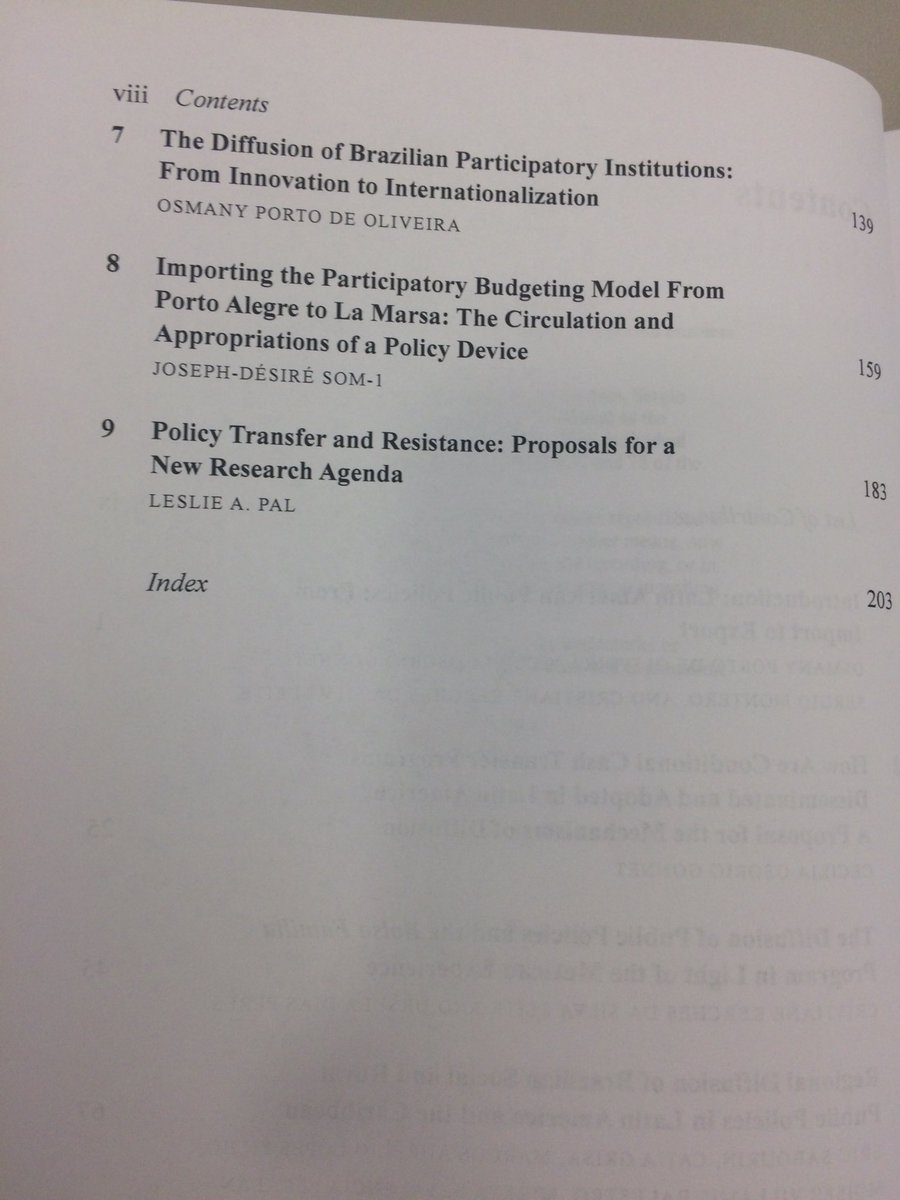HOWEVER...
There's something I want to talk about that is important both for pre- and post-doctoral students, undergrads and grads alike.
The Red Thread is (from what I've read everywhere) a Nordic concept. The intellectual trajectory of a paper or a book, usually book.
Professor Germano did the same in his "From Dissertation to Book" volume raulpacheco.org/2018/04/from-d… (he calls it "The Throughline").
Interestingly, I suspect...
I imagine it's a similar process to the one I develop with the GDN.
HOWEVER...
I think that there's value to using a similar exercise to what I've done elsewhere on my blog and draw the Red Threads and Throughlines of
There's a number of books that I've read in enough depth that I could quickly glean their Red Threads/Throughlines. I am super, super, super busy this week, but I'm going to try to carve some time to go over those and see if I can offer some pointers.
To be honest, I feel that reading Thomson, Germano and Pacheco-Vega would suffice, but...
(TO BE CONTINUED).
Anyway, remember I have a full page of Reading Strategies? raulpacheco.org/resources/read… well, I have two
Well, a key trick of the research trade, especifically of reading academic books, is knowing where to find information you seek.
If you read a book's table of contents and you interpret it the same way you would a research paper outline (key topics I'm going to cover), it should yield The Red Thread/Throughline raulpacheco.org/2018/03/two-me…
Makes sense, right? Let me show you.
a) Tell me what you're going to say (introductory chapter)
b) Say it (full manuscript)
c) Tell me what you said (concluding chapter)
Remember, this is the MAJOR argument. If your book were a fish, the Throughline is...
I'm awake past my bed time and I still want to pre-schedule 10 tweets, so I'm going to leave it at this.














